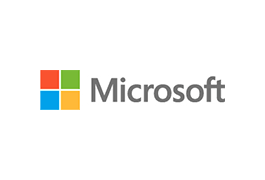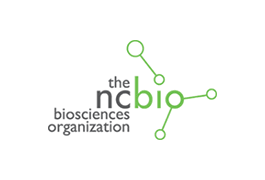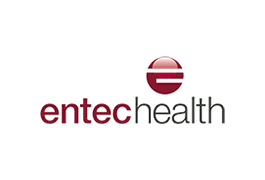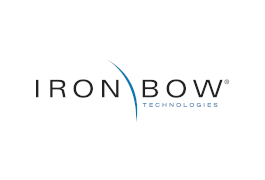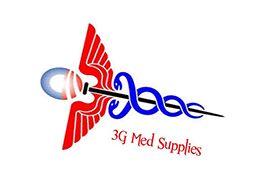8 July, 2013
Organizations undertaking wound research and wound-related clinical trials recognize the need for high quality source documentation. They need to increase the efficiency, accuracy and reliability of the way they measure wound dimensions and monitor progress.
Why is accurate source documentation important? Inadequate/ inaccurate case histories form the second most commonly cited deficiency in US-FDA inspections of clinical investigator sites; Lack of reliable, accurate and adequate source documentation is a common problem in inspection findings and sponsor audits. Source documentation issues ranked 5th among top 10 findings from a European Medicines Agency inspections of investigator sites in 2009.[1]
Traditional methods of wound assessment such as paper rulers and digital cameras make it difficult to gather meaningful source documentation. For instance:
- they do not take into account the natural contours of the body;
- invasive measurement can lead to patient discomfort and non-compliance;
- it can be tedious and costly to process mechanical measurements;
- inter/intra-rater variability can be problematic.
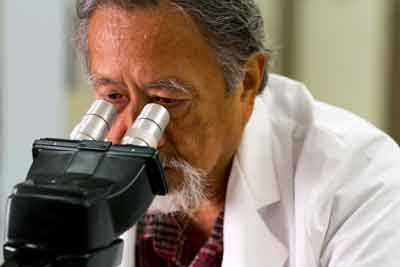
Protocols can be customized specifically for a clinical study, guiding a user through a work-flow to capture data consistently.
Read more about the Silhouette system here.
The Silhouette system can measure wounds and track wound healing progression in a way that is quick, secure, accessible, user-independent and accurate – automatically taking into account the skin’s curvature and the camera position. Data is collected efficiently at the time of patient assessment from multiple wound research sites and collected in a centralized location. Collecting data with Silhouette improves the speed of data collection, providing more complete, consistent and accurate records.
Silhouette is the preferred wound assessment solution and source documentation choice for a number of clinical studies in the United States – many of which are FDA approved – and more than 15 other countries worldwide. Characteristics of these studies include:
- Multi-center and multi-national studies
- Pre-clinical to Phase III studies, but most commonly Phase II and Phase III
- Used with humans, pigs and rats
- Ulcer research including Venous Leg Ulcers (VLU), Diabetic Foot Ulcers (DFU) and Pressure Ulcers
- Studies assessing ABSSSI (Acute Bacterial Skin and Skin Structure Infections) or as previously categorized Complicated Skin and Skin Structure Infections (cSSSI) and Uncomplicated Skin and Skin Structure Infections (uSSSI). New draft FDA guidelines propose study inclusion criteria include infected skin areas that measure a minimum redness and/or in duration of 75 cm2 (or 15 cm in length by 5 cm in width)[2].
- Assessing agents that include biological, pharmaceutical, dressing and medical device products
- Clinical trials that vary greatly in size range in size from 1 to 250 investigator sites.
Instant data access
Data is collected efficiently at the time of patient assessment from multiple research sites and collected in a centralized location.
- Training is minimal. In less than 2 hours, users are confident in operating a Silhouette point-of-care device
- Data collection is quick and efficient. In less than 1 minute a clinician can capture an image and generate wound measurements
- Measurements are repeatable and accurate, providing confidence in the accuracy of tracking wound healing over time, even with different users. Silhouette’s smart calibration technology “unwraps” the skin’s curvature, meaning measurements are significantly more accurate than other methods
- Data is immediately accessible for study administrators via the internet
- Information transfer is robust, automated and seamless. At the touch of a button, information is sent to the SilhouetteCentral database for long-term storage and review from anywhere in the world
- Study data is easily exported into a standard format for further analysis and statistical processing
- Silhouette provides functionality for Part 21CFR11 compliance, including system access password control, data encryption and audit logging of user activities
Customization, protocols and customer service
Trial protocols can be formalized to guide a wound research user through a work-flow, ensuring they capture data correctly. This can be customized specifically for a clinical study.
Silhouette offers full support during the planning and implementation of the clinical trial, including training, customer support and customization.
Next steps
- Download Silhouette for Clinical Research – high resolution (PDF)
1. Bargaje, C. “Good documentation practice in clinical research.” Perspect. Clin Res. 2011 Apr-Jun; 2(2); 59-63.
2. Guidance for Industry – Acute Bacterial Skin and Skin Structure Infections: Developing Drugs for Treatment U.S. Department of Health and Human Services, Food and Drug Administration, Center for Drug Evaluation and Research (CDER). August 2010, Clinical/Antimicrobial, Revision 1.

